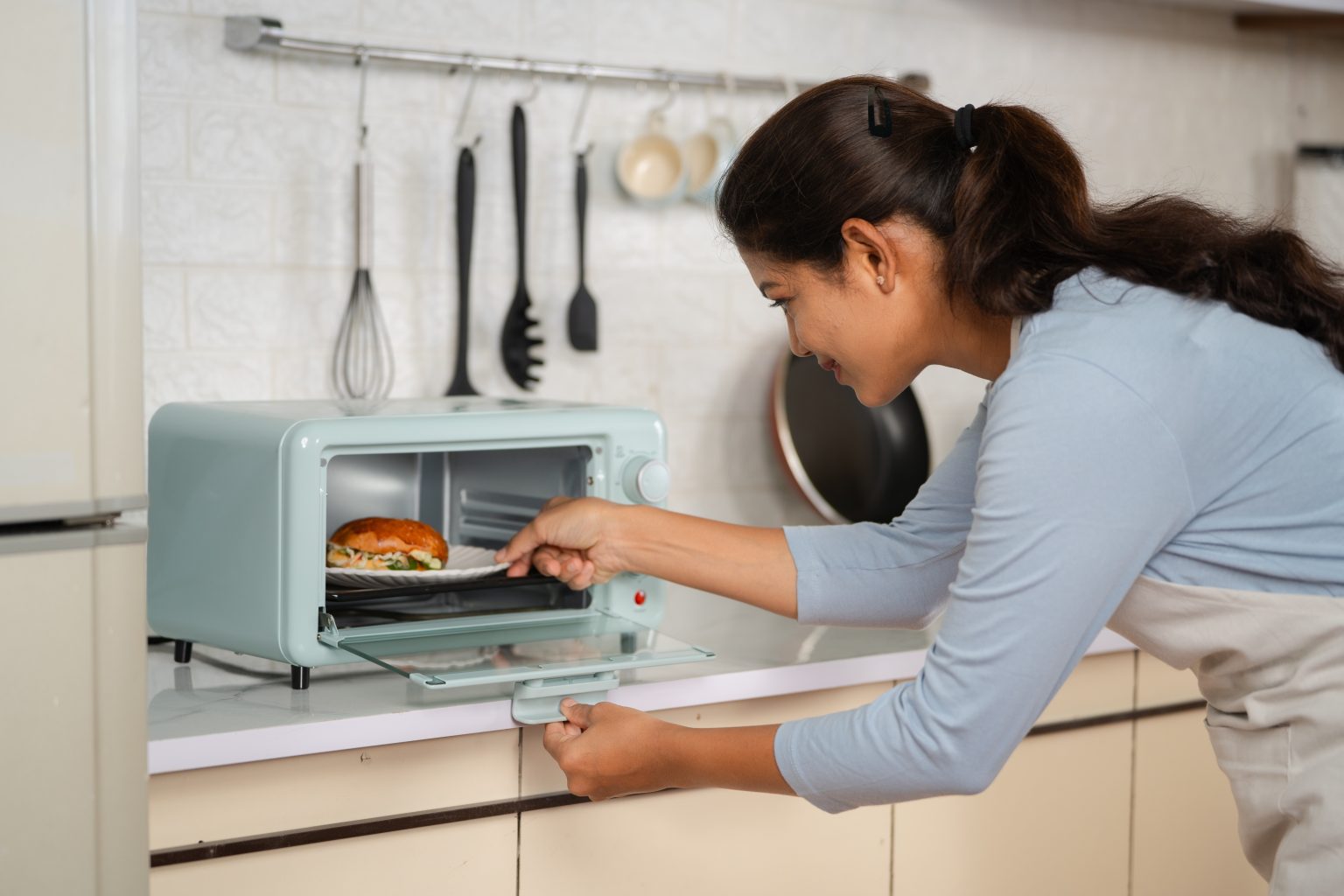Silicone bakeware has become an increasingly popular choice in kitchens due to its flexibility and non-stick properties. Many wonder if this versatile material can be safely used in the oven. The answer is yes, in most cases, silicone bakeware is safe for use in the oven.
Silicone is heat-resistant and can typically withstand temperatures up to 500°F (260°C) without melting or releasing harmful fumes. This makes it a reliable alternative to traditional metal or glass bakeware. Always check the specific heat tolerance of your silicone product before use, as this can vary by manufacturer.
When using silicone bakeware, it is important to place it on a firm baking sheet before filling, as its flexible nature can make it prone to spills. Keeping it at least an inch away from the oven walls and heating elements will prevent overheating and potential damage. This simple step ensures even cooking and helps maintain the integrity of your silicone pieces for years to come.
Understanding Silicone Bakeware
Silicone bakeware is a popular choice in many kitchens due to its flexibility and non-stick properties. This section will cover the material characteristics of silicone bakeware, essential safety and usage guidelines, and how to clean and maintain it effectively.
Material Characteristics
Silicone bakeware is made from a non-toxic, FDA-approved silicone material. It is heat-resistant, typically up to 428°F (220°C) or even higher depending on the manufacturer. One of its key features is its flexibility, which makes it easy to remove baked goods without sticking.
The silicone material also allows it to be used in a wide range of temperatures. It can go from the freezer directly into the oven or microwave. Its non-stick surface means less need for additional grease or oil, providing a healthier cooking option.
Safety and Usage Guidelines
When using silicone bakeware, it’s important to follow safety guidelines. Always place the silicone mould on a sturdy baking tray to prevent spills and instability due to its flexible nature. Ensure the bakeware is kept at least 1 inch away from oven walls and heating elements to avoid overheating.
Check the manufacturer’s recommended temperature range before use. While most silicone bakeware can withstand typical baking temperatures, it’s crucial to confirm this to prevent damage. Silicone is safe for use in microwave ovens and freezers, making it highly versatile.
Cleaning and Maintenance
Cleaning silicone bakeware is straightforward due to its non-stick surface. Most silicone pieces are dishwasher-safe, simplifying the cleaning process. However, if washing by hand, use warm soapy water and a soft sponge to avoid damaging the surface. Soaking in warm, soapy water can help remove any stubborn residue.
Avoid using abrasive cleaners or scouring pads, as they can scratch the silicone. Ensure the bakeware is completely dry before storing it to maintain its non-stick properties. Regular maintenance will help extend the lifespan of your silicone bakeware and ensure it remains a reliable tool in your kitchen.
Culinary Applications and Benefits
Silicone bakeware offers numerous advantages in the kitchen, including non-stick properties and heat resistance, making it suitable for various baking tasks. This section explores versatile baking options, advantages over traditional bakeware, and specific use cases.
Versatile Baking Options
Silicone bakeware can handle a wide range of temperatures, from freezing cold to high oven heat. This makes it ideal for baking cakes, cookies, bread, and other baked goods. Users can rely on silicone for baking delicate items, such as chocolate cakes, without worrying about sticking or burning.
Silicone pans and molds are flexible, which helps in releasing baked goods easily. The non-stick surface means less need for greasing, allowing for healthier baking options. Including baking mats, cake pans, and cupcake liners in one’s kitchen can enhance the variety of baked recipes they can produce.
Advantages Over Traditional Bakeware
Compared to traditional bakeware materials like metal, glass, and cast iron, silicone has significant benefits. Non-stick properties mean easier cleanup and less use of oils or sprays. Flexibility in silicone allows baked goods to pop out effortlessly, reducing the risk of damage and breakage.
Silicone bakeware is highly durable and does not rust, unlike metal. It can be used safely in microwaves, ovens, refrigerators, and dishwashers without degrading in quality. Equal heat distribution ensures even baking, reducing hotspots that can cause uneven cooking. Additionally, silicone does not retain odours or flavours from previous bakes.
Specific Use Cases
Silicone can be used beyond just traditional baking. Baking mats can be placed on oven racks for non-stick pastry sheets and to catch drips. Silicone molds can create unique shapes for cakes and cookies, improving presentation.
Oven mitts and ice cube trays made from silicone offer heat resistance and flexibility, providing better grip and safety. Cupcake liners ensure easy removal and clean presentation, while cake pans create perfect layers for stacked cakes. Silicone also works effectively for freezing purposes, such as making ice cubes or prepping ingredients for later use.
In various culinary applications, silicone shows its versatility, benefits, and practicality in the kitchen. Its broad utility makes it a valuable addition to any baking toolkit.



